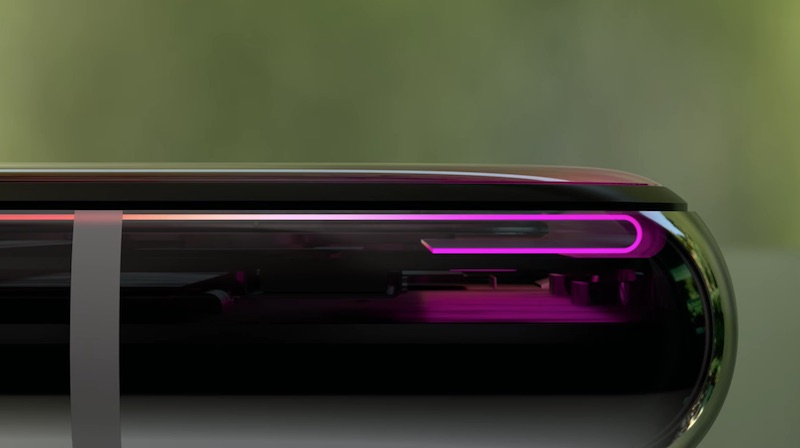
In May 2022, Apple halted BOE’s inclusion in the iPhone 13’s supply chain after detecting unauthorized design modifications. The crisis began when BOE, facing component shortages and yield issues, expanded the circuit width of thin-film transistors in its panels without Apple’s approval. When Apple discovered this, Apple instructed BOE to halt production.
Since then, BOE has gradually sought to return to Apple’s good graces. The company was later granted approval to resume supplying OLED panels for the iPhone 14, albeit in limited quantities. According to data published in UBI Research’s latest China Display Trend Report (via ZDNet Korea), the Chinese supplier intends to play a major role in iPhone production in the future and grow its share of Apple’s highly competitive display supply chain.
BOE has concentrated its iPhone panel production capacity at its B11 fabrication plant in Chengdu, Sichuan Province. The facility has been under continuous expansion and now includes 26 Apple-only OLED module lines. Of these, 11 are reported to be in mass production, while an additional three are used solely for development. With each line capable of producing 350,000 panels per month, BOE’s output capacity for iPhone displays now totals approximately 8 million units per month. At a 90% utilization rate and an 85% yield, this equates to an annual output of at least 100 million panels.
Today, Apple sources the majority of its OLED panels for iPhones from South Korea-based Samsung Display and LG Display. The reintroduction of BOE into Apple’s main iPhone production plans is expected to put price pressure on Samsung Display and LG Display, giving Apple much more negotiation power on unit prices. BOE is also planning to narrow the gap with Samsung and LG in terms of panel brightness, efficiency, and long-term durability.
BOE’s presence in Apple’s panel supply chain still remains contingent upon meeting strict quality and reliability standards. BOE has been gradually increasing its supply share over successive iPhone generations, but its participation in the initial shipments of new iPhone models remains limited. For the iPhone 16 lineup, BOE did not play a significant role during the early stages of the launch cycle, and a similar outcome is expected for the iPhone 17. As a result, a major increase in supplier share may not occur until the iPhone 18 next year.
This article, “China’s BOE Planning 100M+ iPhone Comeback” first appeared on MacRumors.com
Discuss this article in our forums